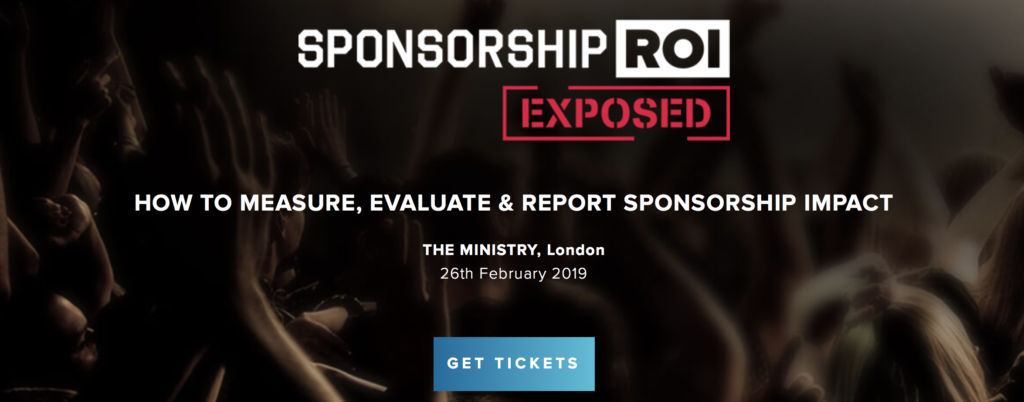January 23 – Football is increasingly reliant on commercial revenues. Sponsorship and brand partnerships remain significant with 25-60% of commercial income coming from brands. Yet the capability to report the true value of these brand associations still remains flawed, according to sponsorship expert Toby Hester
Hester who has lead brands such as BP, T-Mobile and Coca-Cola in partnerships with FIFA, UEFA, and dozens of EPL and European club, and community programmes, says: “The global sponsorship industry is worth close to $70 billion annually. Football accounts for nearly half of that spend yet few within the sport really understand how to maximise the value of the audiences it delivers.”
In general, Hester says, there is a false approach to the financial value of sponsorship rights in football. Brands are increasingly seeking to quantify the return on investment (ROI) though the lens of impact on the bottom line. Rights holders and football in particular are rarely able to provide any credible insight into the value of the brand association, the audiences they deliver, and most importantly the impact of behaviour change created by the partnership.
“Perimeter advertising has traditionally been valued in comparison to advertising equivalent’s, and there is a strong rationale for that. The Betting brands realise the impact of a ‘call to action’ very well driving ‘click throughs’ to mobile and websites. They can track the traffic flow and revenue generation really effectively. The messaging is the key influencer in this scenarios and football clubs can generally track this so that the rights value can be calibrated to a comparative level,” says Hester.
“This is good but if the only value that can be extrapolated from a partnership is the value of perimeter then as a brand I’d question whether other assets are of value or even required. The sponsorship package approach therefore become redundant.”
There is clearly a lot more value to be established from sponsorship rights but Hester’s experience partnering at all levels of football has been less than convincing. “Most cubs and governing bodies provide advertising equivalent values for their packages but these lack credibility as if sponsorship performed the same role as sponsorship, frankly sponsorship would exist. Brands want to change fan behaviour to impact their bottom lines. That means ultimately they want they to buy something. If that can be tracked, then the value doesn’t exist.”
Football Club’s and governing bodies that can demonstrate value for partners are therefore able to price their programmes so that they themselves maximise the potential of the assets.
Hester is addressing the issue by bringing together sponsorship industry experts that deliver best practice in measuring, evaluating and reporting return on investment, in a one-day conference SPONSORSHIP ROI EXPOSED.
The conference will show case how Rights Holders, Brands and specialist agencies report value, the approach and processes they deploy to maximise the value of brand partnership assets and will be held on February 26th in central London. For more information contact ku.oc1745209722.hcao1745209722cpihs1745209722rosno1745209722ps@yb1745209722ot1745209722
Contact the writer of this story at moc.l1745209722labto1745209722ofdlr1745209722owedi1745209722sni@n1745209722osloh1745209722cin.l1745209722uap1745209722


